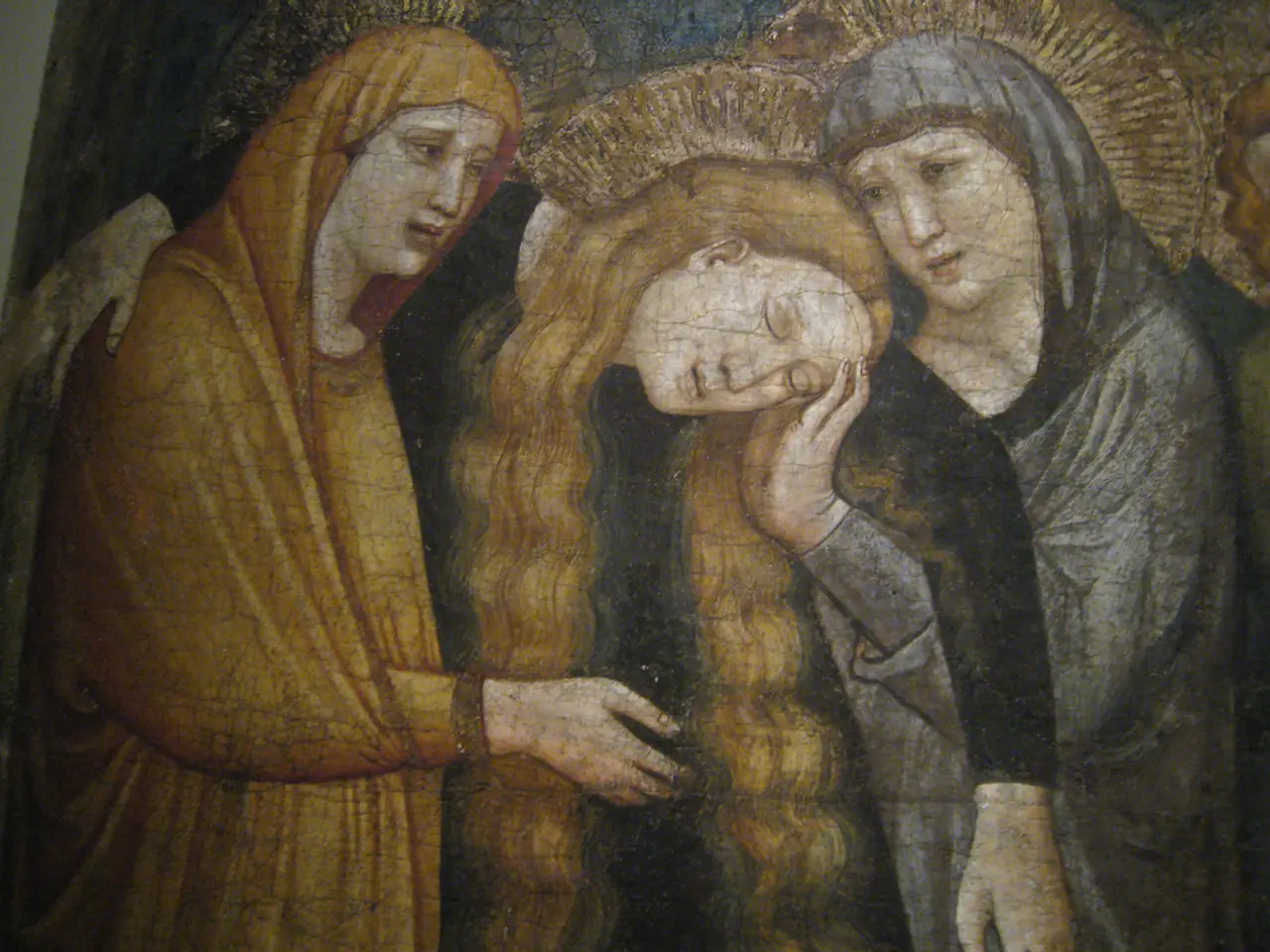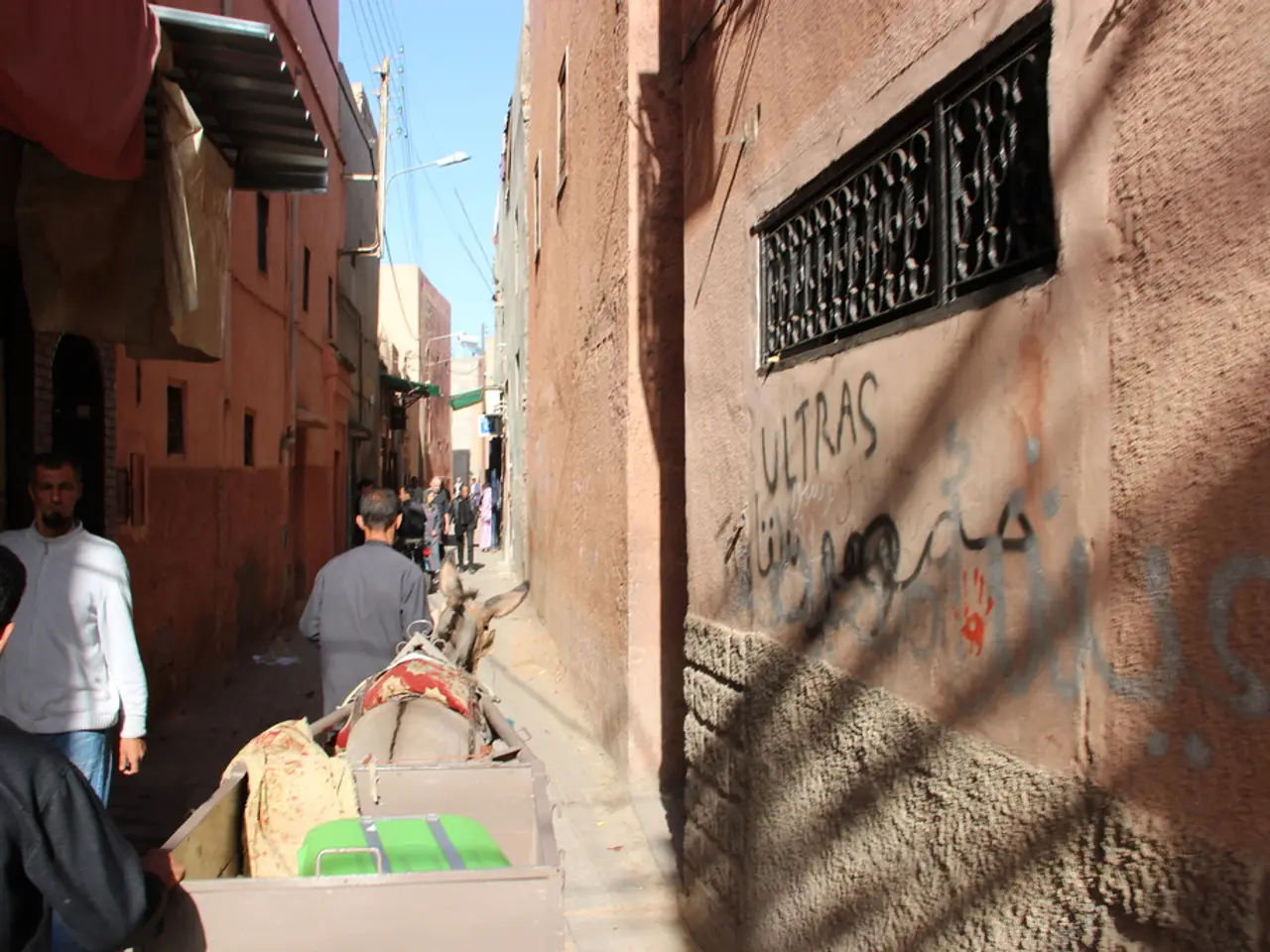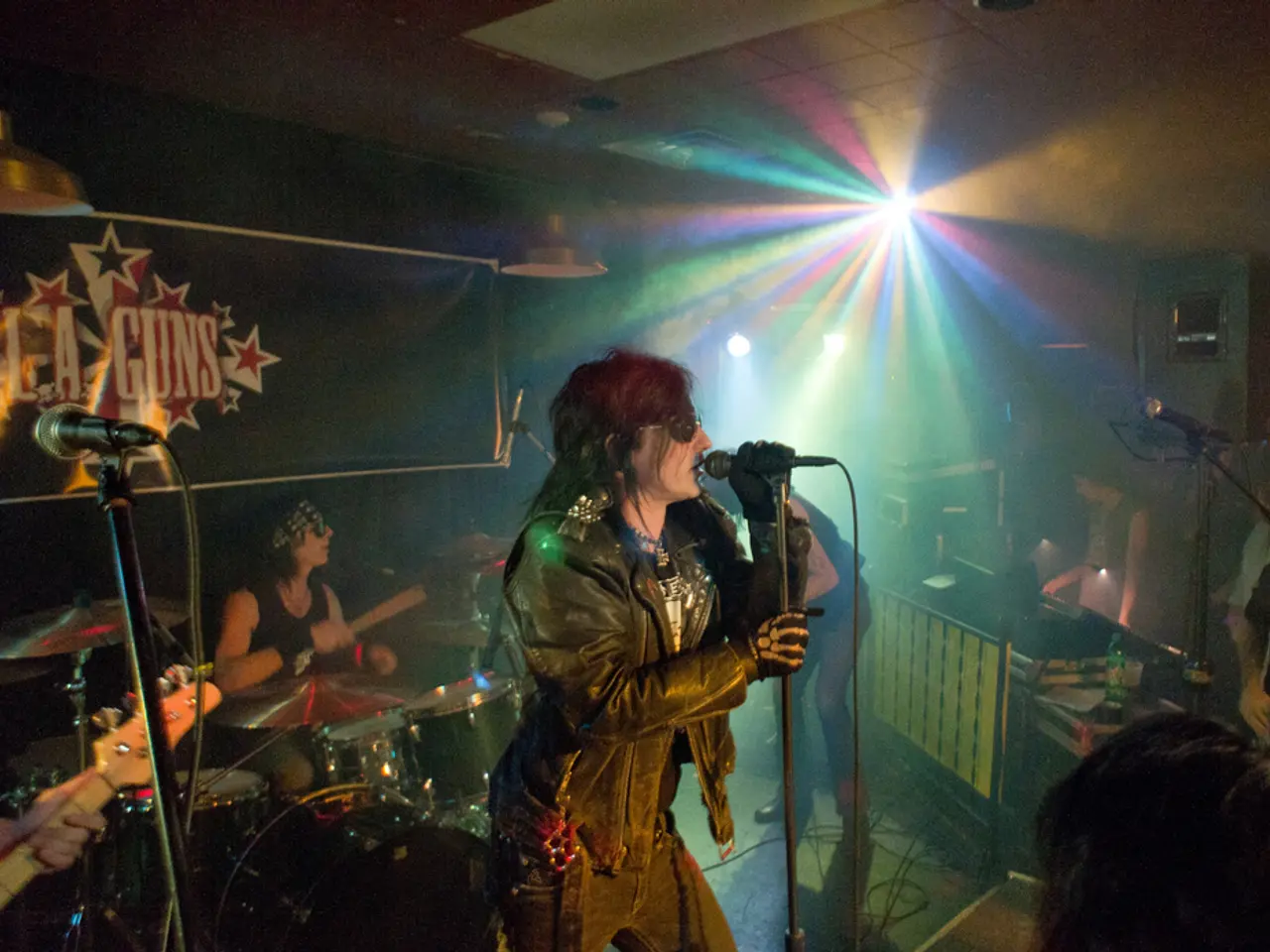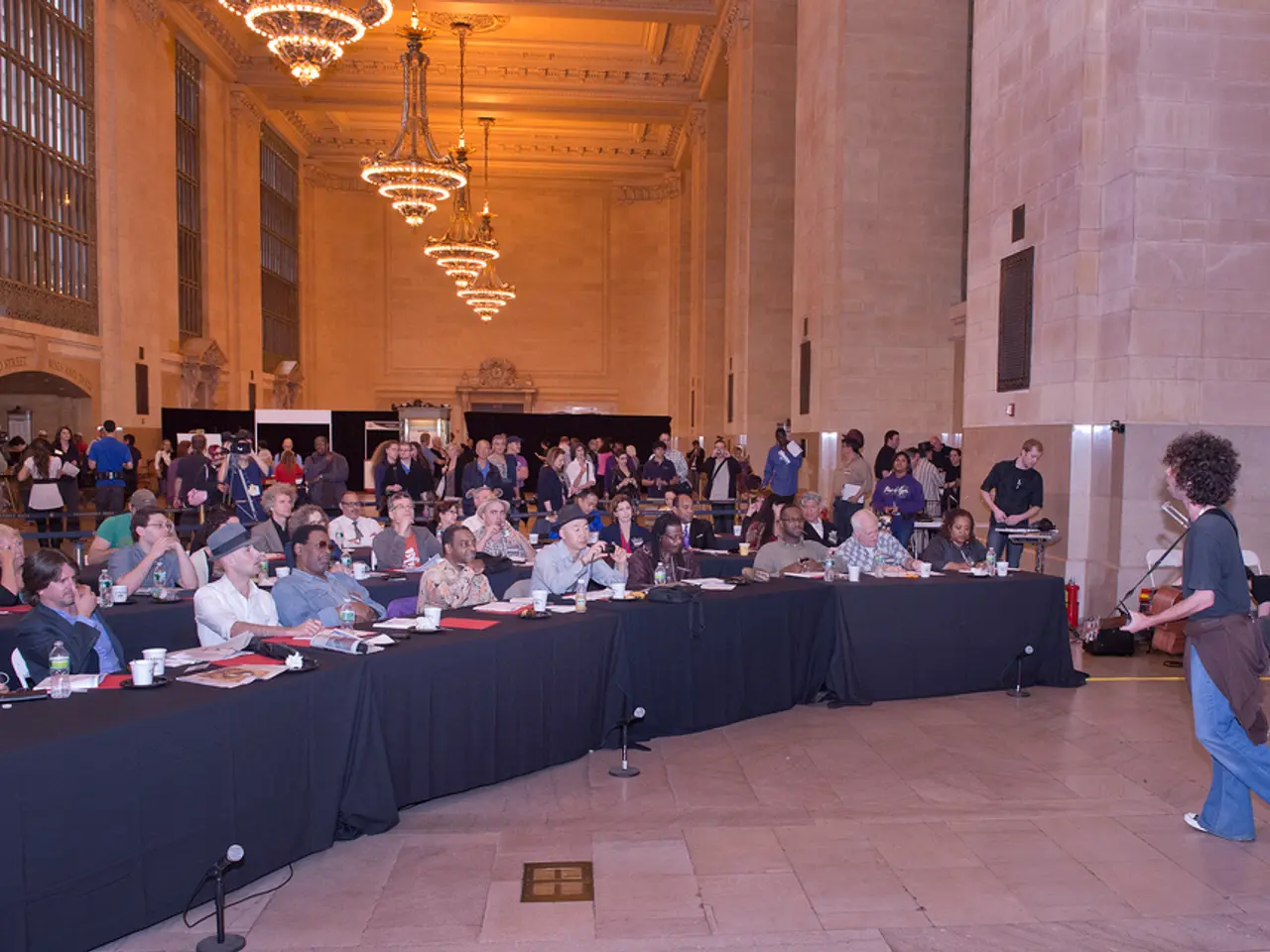U.S. Senator John Fetterman Puts Forward Legislation Expanding Anti-Money Laundering safeguards to cover the American Art Market
In an effort to tighten anti-money laundering (AML) controls and increase transparency in the U.S. art market, a bipartisan group of senators has introduced the Art Market Integrity Act. Led by Senator John Fetterman (D-PA), the bill aims to bring the U.S. in line with international standards already adopted by the United Kingdom, European Union, and Switzerland.
The proposed legislation, co-sponsored by Senators Chuck Grassley (R-IA), Sheldon Whitehouse (D-RI), Bill Cassidy (R-LA), Andy Kim (D-NJ), and David McCormick (R-PA), seeks to apply AML and counter-terrorism financing regulations under the Bank Secrecy Act (BSA) to art dealers, auction houses, intermediaries, advisors, consultants, custodians, collectors, and museums.
Scope and coverage of the bill extend to high-risk transactions but exempt artists and small businesses with under $50,000 in annual art sales, as well as transactions under $10,000. The bill does not include applied art such as product design, fashion design, architectural design, or interior design; nor mass-produced decorative art, including ceramics, textiles, or carpets.
Key provisions of the bill require covered entities to implement customer due diligence (CDD), currency transaction reporting, suspicious activity reporting, and recordkeeping requirements similar to those already applied in the UK, EU, and Switzerland. The bill also aims to close loopholes that criminals exploit to launder money, finance terrorism, evade sanctions, and perpetuate fraud through art transactions.
The U.S. art market, worth around $25 billion annually and accounting for 43% of global sales, has been a major loophole in financial crime oversight. Last year, the Treasury Department identified the art market as particularly susceptible to money laundering and the evasion of international sanctions.
Several high-profile cases have underscored the need for increased regulation in the art market. For instance, art collector Nazem Ahmad was charged with violating and evading US sanctions by dealing $440 million in art and diamonds and using the proceeds to fund the Lebanon-based terrorist group Hezbollah. Similarly, the US Department of Justice charged political advisor and Russian television contributor Dimitri Simes and his wife, Anastasia Simes, with violating US sanctions through schemes involving art and antiques.
Despite these challenges, the Art Market Integrity Act has received endorsements from various organizations, including the Antiquities Coalition, Transparency International U.S., the FACT Coalition, FDD Action, the American Jewish Committee, Razom for Ukraine, American Coalition for Ukraine, the Initiative for the Recovery of Venezuelan Assets (INRAV), the National Border Patrol Council, and the Federal Law Enforcement Officers Association (FLEOA).
However, some have expressed skepticism about the bill's chances of success due to resistance from major players in the art market. Erin Thompson, a professor of art crime at the John Jay College of Criminal Justice, has voiced concerns about the bill's implementation and potential impacts on the art world.
The bill's status as newly introduced means it is in early legislative stages, but its bipartisan backing and public advocacy support suggest growing momentum for enhanced oversight in the art sector. As the bill progresses through the Senate, it remains to be seen how it will reshape the U.S. art market and contribute to global efforts against financial crime.
[1] Art Market Monitor. (2025, July 22). Bipartisan Bill Introduced to Strengthen AML Protections in the U.S. Art Market. Retrieved from https://www.artmarketmonitor.com/2025/07/22/bipartisan-bill-introduced-to-strengthen-aml-protections-in-the-us-art-market/
[2] Artnet News. (2025, July 23). Senators Introduce Bipartisan Bill to Strengthen AML Protections in the U.S. Art Market. Retrieved from https://news.artnet.com/market/senators-introduce-bipartisan-bill-to-strengthen-aml-protections-in-the-us-art-market-1956643
[3] The Art Newspaper. (2025, July 24). Bipartisan Bill Aims to Strengthen AML Protections in U.S. Art Market. Retrieved from https://www.theartnewspaper.com/2025/07/24/bipartisan-bill-aims-to-strengthen-aml-protections-in-us-art-market
[4] Bloomberg Law. (2025, July 25). Senate Bill Aims to Strengthen AML Regulations in U.S. Art Market. Retrieved from https://news.bloomberglaw.com/banking-and-finance/senate-bill-aims-to-strengthen-aml-regulations-in-us-art-market
- The Art Market Integrity Act, recently introduced by a bipartisan group of senators, aims to strengthen anti-money laundering (AML) protections in the U.S. art market.
- The bill seeks to bring the U.S. in line with international standards already adopted by countries like the United Kingdom, European Union, and Switzerland.
- The proposed legislation will apply AML and counter-terrorism financing regulations under the Bank Secrecy Act (BSA) to art dealers, auction houses, intermediaries, advisors, consultants, custodians, collectors, and museums.
- The bill covers high-risk transactions but exempts artists, small businesses with under $50,000 in annual art sales, and transactions under $10,000. It does not include applied art such as product design, fashion design, architectural design, or interior design.
- Key provisions of the bill require covered entities to implement customer due diligence (CDD), currency transaction reporting, suspicious activity reporting, and recordkeeping requirements.
- The bill aims to close loopholes exploited by criminals to launder money, finance terrorism, evade sanctions, and perpetuate fraud through art transactions.
- Despite concerns about the bill's implementation and potential impacts on the art world, it has received endorsements from various organizations and has shown growing momentum for enhanced oversight in the art sector.






